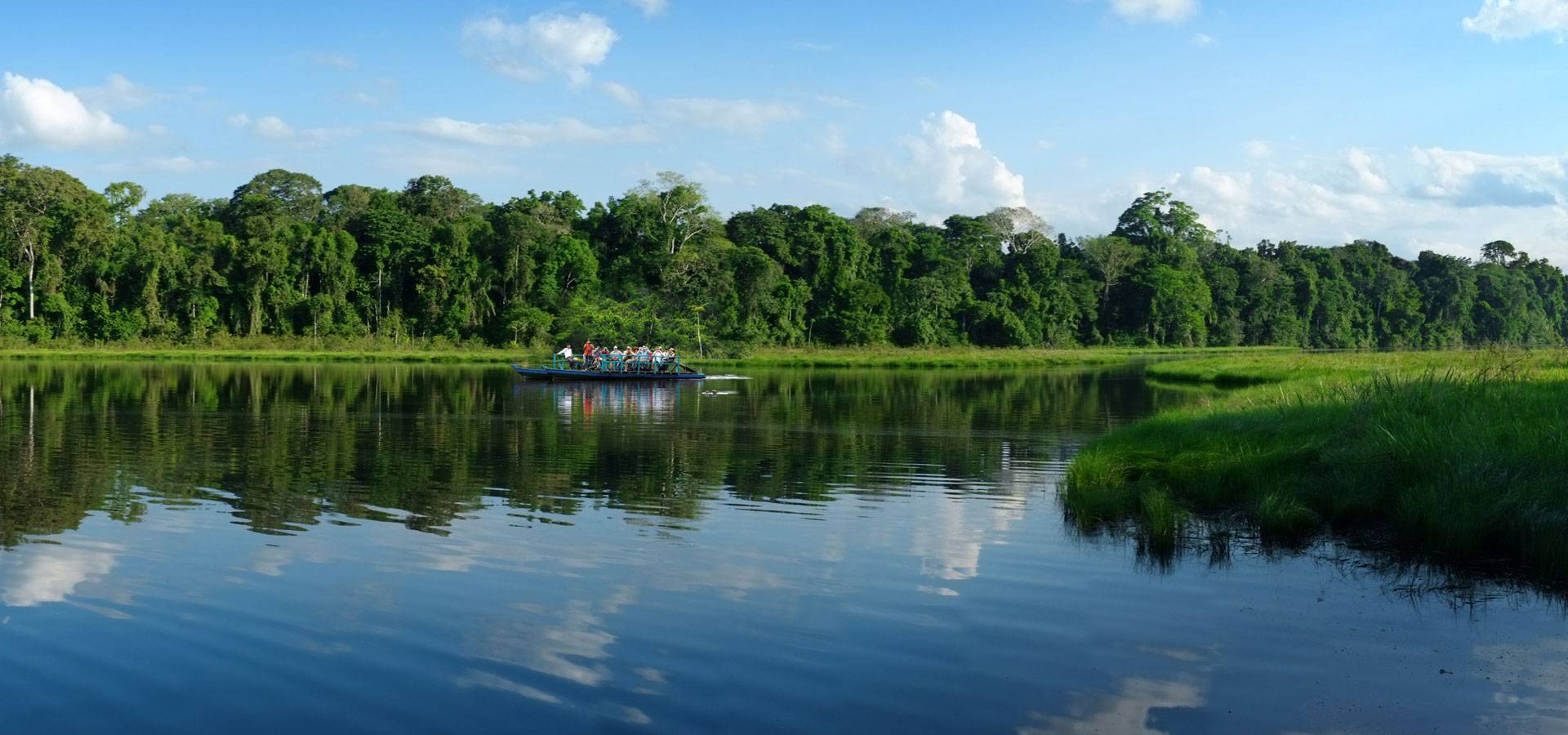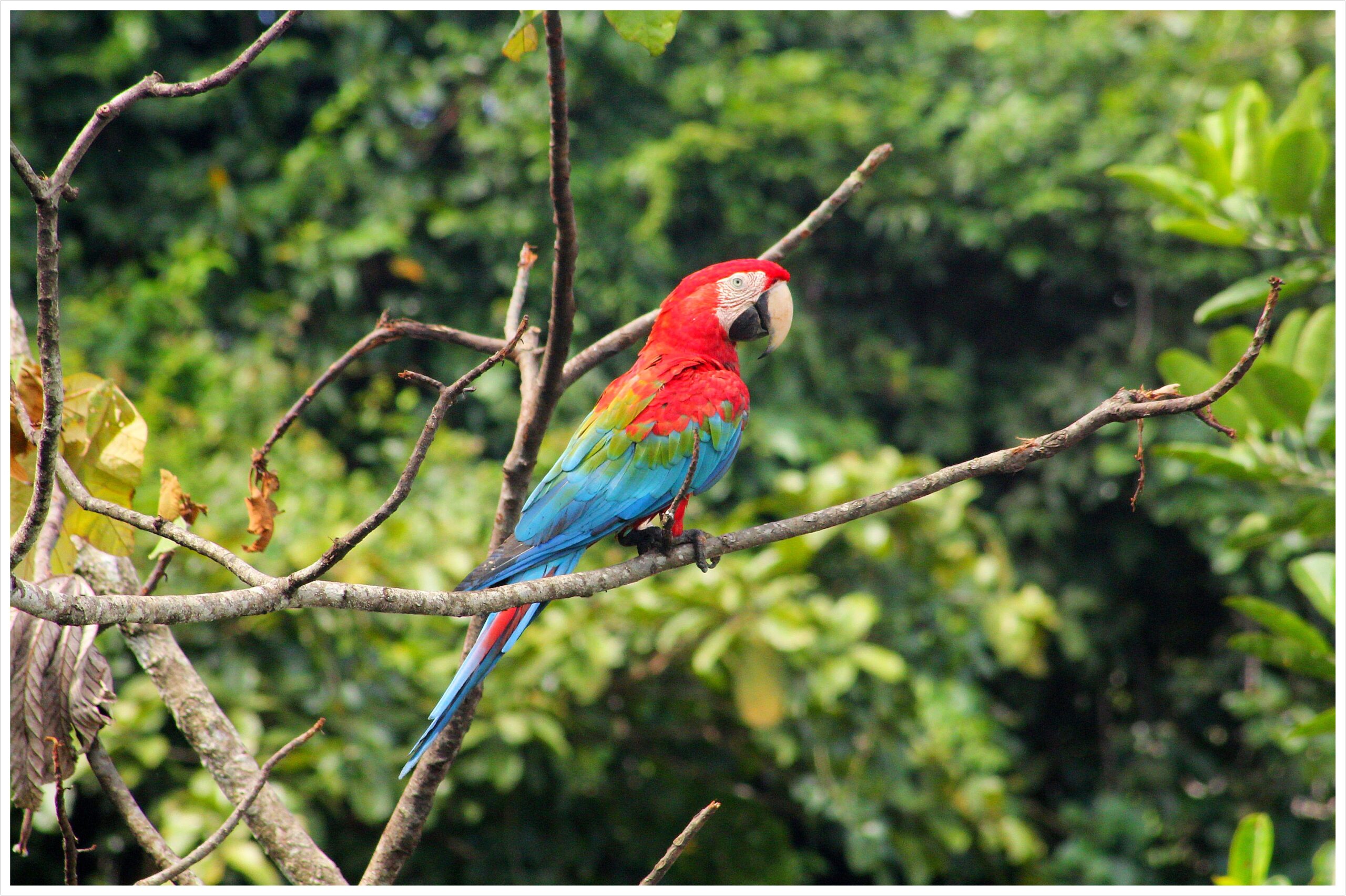
Amazonian Tapir: A Keystone Species in Tambopata’s Conservation Landscape
The Amazonian tapir (Tapirus terrestris) is the largest terrestrial mammal in South America and a vital ecological actor in the tropical forests of the Amazon Basin. In Tambopata, its presence signals the integrity of the ecosystem, making it a focal species for conservation efforts.

Morphology and Adaptations
Robust and compact, the Amazonian tapir is built for navigating dense vegetation. Its short limbs and muscular body allow it to move efficiently through undergrowth, while its prehensile snout functions as a versatile tool for grasping leaves and fruits. The species is easily identified by its dark brown coat and rounded ears.
Distribution and Habitat
The tapir is widely distributed across the Amazon Basin, including regions of Peru, Brazil, Colombia, and Bolivia. It inhabits humid tropical forests, riparian zones, and swampy areas. In Tambopata, it favors well-preserved forest corridors, where it can forage and move with minimal human disturbance.
Ecological Role
As a frugivore and folivore, the tapir plays a critical role in seed dispersal. By consuming fruits and defecating seeds across its range, it contributes to forest regeneration and plant diversity. This ecological function classifies it as a keystone species, essential for maintaining the structure and resilience of Amazonian ecosystems.
Reproduction and Life Cycle
Tapirs reproduce slowly. Females give birth to a single offspring after a gestation period of approximately 13 months. The calf, born with a distinctive striped and spotted coat, remains with the mother for several months before becoming independent. This low reproductive rate makes the species particularly vulnerable to population decline.
Behavior and Diet
Primarily nocturnal and solitary, tapirs travel up to 4 kilometers per night in search of food. Their diet consists of leaves, shoots, and fruits, which they digest efficiently thanks to a specialized gastrointestinal system. Their elusive nature and preference for dense habitats make them difficult to observe in the wild.
Conservation Status
The Amazonian tapir is classified as Vulnerable by the International Union for Conservation of Nature (IUCN). Habitat fragmentation, hunting, and agricultural expansion are the main threats to its survival. In Tambopata, its continued presence is a positive indicator of ecosystem health and underscores the importance of preserving intact forest habitats.
Recent Posts
All Categories

Puerto Maldonado

